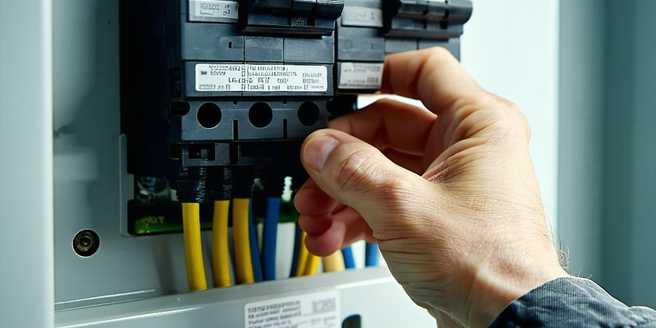Diy Home Maintenance Tips

Understanding the Basics of Home Maintenance
Understanding the basics of home maintenance is crucial for every homeowner. It involves knowing the essential areas of your home that require regular attention and understanding how to inspect them for signs of wear and tear. Start by familiarizing yourself with your home’s structure, including the roof, foundation, plumbing, and electrical systems. Regularly checking these elements can prevent minor issues from becoming major problems. It’s also beneficial to learn how to perform simple tasks such as changing air filters, cleaning gutters, and checking for leaks. By gaining these basic skills, you’ll not only save money on professional services but also increase your confidence in tackling more complex home repairs.
Essential Tools for DIY Home Repairs
Equipping yourself with the right tools is fundamental for any DIY home repair project. A comprehensive toolkit should include a hammer, screwdrivers of various sizes, pliers, a measuring tape, and a utility knife. A cordless drill is invaluable for tasks that require fastening and unfastening screws quickly. Additionally, a level helps ensure your projects are straight and balanced. Safety equipment should not be overlooked; always have safety glasses and gloves on hand. With these tools, you can tackle a wide range of repairs confidently. Investing in quality tools pays off in terms of durability and efficiency, making them reliable companions in times of need.
Cost-Effective Techniques for Common Fixes
Home repairs can be costly, but there are several cost-effective techniques you can use to address common fixes. For instance, fixing a leaky faucet often requires no more than a cheap washer replacement instead of a costly plumber visit. Patching small drywall holes can be done with a simple DIY kit. Unclogging a drain might just need a mixture of baking soda and vinegar as opposed to expensive chemical cleaners. Learning to paint, sew, and handle basic carpentry is invaluable, allowing you to refresh spaces or mend furniture without extraneous costs. Prioritizing proactive, slight repairs can extend the life of home components, optimizing your budget over time.
Seasonal Maintenance Tips for Homeowners
Performing seasonal maintenance checks is essential for keeping your home in top condition. In spring, focus on cleaning gutters, checking for roof leaks, and servicing your HVAC system. Summer is ideal for repainting and checking the integrity of windows and doors. Fall is the time to inspect your heating system, seal any drafts, and rake leaves from the yard to prevent yard drain blockages. Winter tasks include ensuring pipes are insulated to avoid freezing and maintaining indoor air quality. Each season brings unique challenges and opportunities to address potential issues before they become costly repairs, helping maintain a safe and comfortable living environment.
How to Handle Plumbing and Electrical Issues Safely
Handling plumbing and electrical issues requires great caution and understanding of safety protocols. Always turn off the water supply when addressing plumbing problems and ensure the power is off at the circuit breaker for electrical tasks. Use appropriate tools and wear protective gear. For plumbing, replacing washers or tightening fittings can temporarily resolve leaks. In electrical systems, replacing light switches or outlets can be manageable with basic knowledge. However, never hesitate to consult a professional if a task feels beyond your skill level. Safety should always be your priority, as improper repairs can lead to severe damage or injury.
Creating a Preventive Maintenance Schedule
Creating a preventive maintenance schedule is an effective strategy for keeping your home in excellent shape. Start by listing all the maintenance tasks your home requires, such as inspecting the roof, cleaning gutters, servicing HVAC systems, and checking plumbing for leaks. Assign these tasks to appropriate times throughout the year, bearing in mind seasonal variations and the specific needs of your home. Use a planner or digital calendar to set reminders, ensuring tasks are not overlooked. This proactive approach helps avoid unexpected issues, prolongs the life of home systems, and provides peace of mind knowing maintenance is routinely managed.